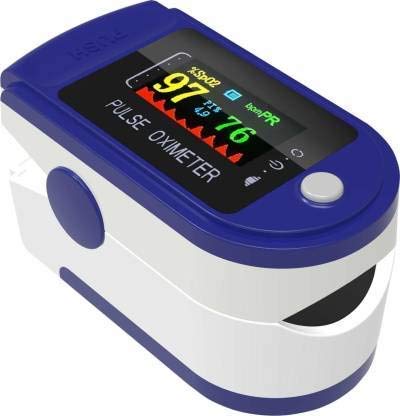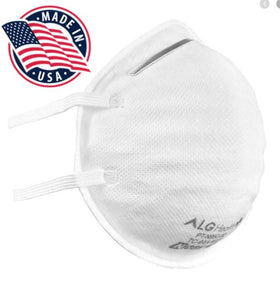
How to use a Pulse Oximeter Oxygen Measuring Device?
What is a pulse oximeter?
A pulse oximeter Oxygen measuring is a small, portable medical device that measures the oxygen saturation levels in the blood when it is clipped on a person’s finger, toe. This non-invasive medical tool is a spot-check monitor that quickly determines how efficiently the blood from the heart and lungs is being sent to the various organs of the body.
What does a pulse oximeter measure?
How does a pulse oximeter work?
A pulse oximeter works on the principle of spectrophotometry which deals with visible light. When the pulse oximeter is placed on the fingertip or toe or earlobe of the person, it beams multiple small rays of light that pass through the blood in that specific part of the body.
The light sensors in the pulse oximeter measure the number of blood cells that carry oxygen and those which do not. It is observed that the oxygenated blood is darker than the deoxygenated blood. Therefore, the highly sensitive light sensors in the pulse oximeter detect the variations of light absorption patterns between the oxygen-carrying blood and non-oxygen blood and translate into a reading.
Why does one need a pulse oximeter?
A pulse oximeter is usually used to check how efficiently one’s heart is pumping the oxygen through the body. Some patients are advised to use pulse oximeters in order to regularly monitor their blood oxygen saturation levels, which could often get affected by existing respiratory or cardiac issues. In such cases, one should keep a pulse oximeter handy to spot check the oxygen saturation levels, whenever necessary.
Some of the medical conditions that can affect blood oxygen saturation levels include:
Apart from determining blood oxygen saturation levels and pulse rate, pulse oximeters have many other uses which mainly include evaluating the effectiveness of specific treatment. Here are some of the most common uses of pulse oximeter:
How to use a pulse oximeter?
The pulse oximeter is used both for the ongoing monitoring of hospitalized patients and to take a single reading at the time of consultation. The steps involved during the procedure of using a pulse oximeter are as follows:
Understanding the readings of pulse oximeter:
The pulse oximeters usually show the values of blood oxygen saturation levels as a percentage, represented by SpO2. While the pulse rate is displayed as a number ranging in between 60 and 100, which indicates a normal heartbeat.
A SpO2 reading ranging between 95% to 100% is considered normal, while anything less than 95% indicates underlying medical conditions that need to be evaluated immediately. The lower blood oxygen saturation levels might indicate the following health issues which need medical attention at the earliest:


